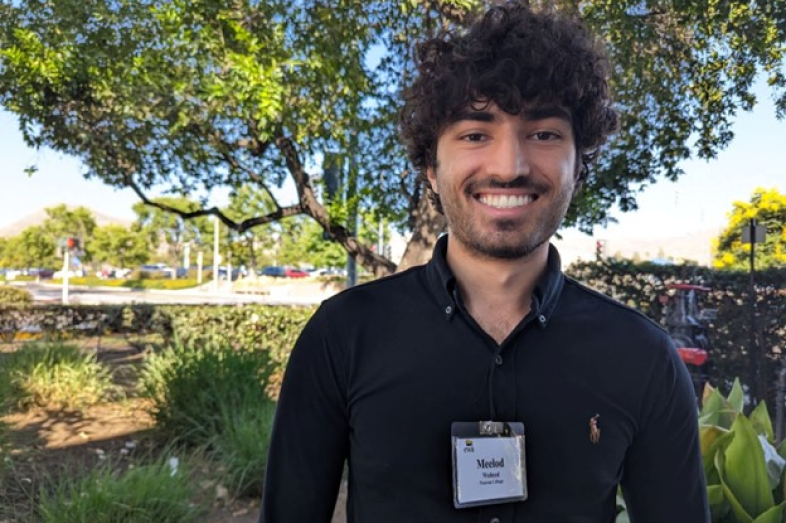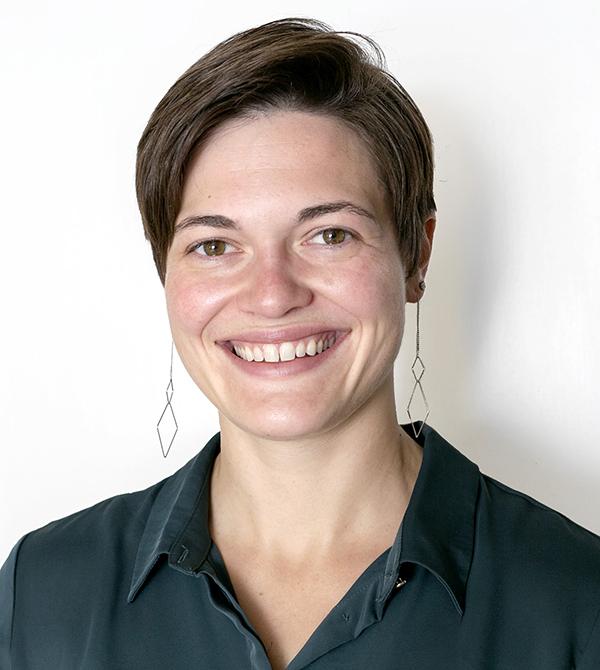On paper, it was relatively easy for Meelod Waheed to transfer from his Northern Virginia community college to Pomona College in California, where he wanted to pursue a four-year degree.
He made the jump with the help of the Transfer Scholars Network, convened by the Aspen Institute, which connects high-achieving community college scholars with selective universities and helps to smooth their transfer transition. Waheed knew in advance of his move exactly what his financial aid package would look like and how his existing credits would apply.
The harder part came when Waheed actually made it to California last year, he explained during a panel on transfer student challenges at the Education Writers Association’s 2023 Higher Education Seminar at the University of California-Riverside in September. During orientation, Waheed remembers being lumped in with freshmen instead of getting an introduction to campus more tailored to his experience. He turned to counselors and other transfer students who could answer his questions instead.
Pomona’s process is improving, Waheed said, but he sees a lack of specific attention to transfer students as a common pitfall across institutions.
“That in and of itself is a huge equity issue,” Waheed said, “They’re not focusing on transfers as separate from the first years or giving them that attention.”
Waheed joined The City University of New York researcher Alexandra “Lexa” Logue and Imperial Valley College President Lennor Johnson in detailing the myriad technical and emotional challenges that can make it more difficult for transfer students to obtain a degree from a four-year university than their peers who spent all four years at that same institution.
One report found that while 80% of freshmen at two-year colleges said they wanted at least a bachelor’s degree, just 13% actually accomplished that within six years, Logue told reporters. Challenges in the process disproportionately impact underrepresented students who are more likely to start out at those two-year schools, she said.
“There’s a lot of leakage in that pipeline from freshman in community college to receipt of the bachelor’s degree,” she said. “That’s a huge problem.”
Colleges and universities don’t always effectively communicate the transfer process to students considering that pathway, Johnson said. When students do transfer, their credits are frequently not counted toward a bachelor’s degree or counted only as electives, Logue added. And in Waheed’s experience, transfer students don’t always get the support or direction they need once they’ve reached that new campus.
Here are several key questions that panelists recommend journalists consider as they evaluate what challenges transfer students encounter across the country:
Are Colleges and Universities Communicating About Transfer Expectations?
Imperial Valley has a transfer center on campus specifically for students who intend to move on from the community college, Johnson said. But despite outreach efforts to universities, the center doesn’t always have the most up-to-date information on college requirements, he said. It’s not unheard of for a university to have changed its lower-division transfer expectations between the time a community college student enrolls and when they decide to transfer to a university.
The rural Southern California college, only miles from the U.S.-Mexico border, is also limited in which classes it can offer, Johnson said. If a student wants to transfer for a chemical engineering degree at a University of California school, for example, Imperial Valley might only offer one of four classes they’re supposed to take. The college tries to partner with the few other schools nearby to supplement classes it doesn’t have.
“A lot of times students go through this whole process only to find out that they can’t transfer,” Johnson said.
How Do Universities Handle Credits and Transcripts?
Logue argues that universities have an incentive to deny credits that a community college student wants to apply to their four-year degree. Universities want students to take their courses, to drive up enrollment and boost the budget, she told reporters.
A chief concern she’s discovered in researching the transfer process at The City University of New York is that when students transfer to a university, their credits are not counted, or they’re only counted as elective credits instead of core requirements for a major.
“It’s a bad idea. Because the more credits you deny, the less likely the students are to finish,” she said. “You’ll lose them in the long term.”
What’s more, Logue said, universities are often not held accountable to their success rates for transfer students.
Commonly evaluated graduation rates typically look at how many students who enrolled as first-time freshmen made it to the finish line within six years, she said, ignoring whether or not transfer students do the same.
“That also gives them no incentive to make sure that transfer students get to finish in a timely way,” she said.
Do Transfer Students Have Support on Their New Campuses?
Logue’s research has shown that transfer students feel a greater sense of belonging at community colleges than they do when they get to four-year universities, compounding the technical challenges they face to finishing that four-year degree.
Transfer students generally arrive at universities as juniors, Waheed pointed out, and their classmates already have established social circles.
“You have to prove yourself almost, at least that’s what it seems like because everybody already has their friend group formed, and you don’t know anybody,” he said.
He started a transfer club at Pomona College to help ease this social transition for his peers. The group shares tips and tricks with each other instead of leaving it up to students to seek out answers on their own, Waheed said. For example, he reminds other transfer students that if they’re coming in as juniors, but they’re interested in studying abroad, they need to look into that immediately before it’s too late.
Last year, the group had about 40 active members from several Claremont-area colleges, he said.
“Part of the intention of the transfer group is just to have that community for you,” Waheed said. “It’s just supposed to make it easier.”


